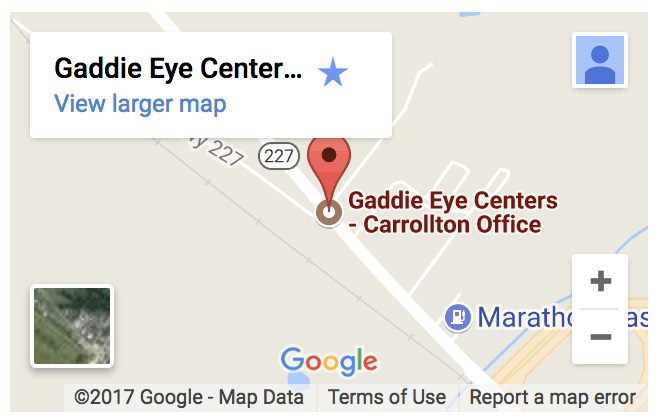
Summer or winter, what you don't know can harm your child's eyes! The beach, the backyard pool...even the ski slopes are very inviting but eye damage can be just around the corner. The most immediate danger is photokeratitis, a painful type of corneal sunburn linked to the bright sunlight reflected off water, sand and snow. Reflected sunlight can double the exposure to harmful UV rays. Long-term exposure to UV light can lead to cataracts, skin cancer around the eyelids and even damage to the retina.
The amount of UV that reaches earth is dependent on the latitude and elevation. More reaches the earth near the equator and at higher elevations. When the sun is directly overhead during mid day, the amount of UV reaching earth is much greater than before 10 AM or after 4 PM.
Ultraviolet damage is cumulative. Exposure to UV light, wind, and dryness can cause pingueculas. These are abnormal, but usually non-cancerous, growths on the white part of the eye near the nose. They can start in the teen years or early adulthood and can grow onto the front part of the cornea, possibly requiring surgical removal. Protection from UV exposure and wind starting early in life can help reduce the incidence of these growths. It is estimated that 80% of lifetime absorption to UV light occurs before the age of 18. Unfortunately, a recent survey found that a high percentage of parents are unaware of the potential for damage and rarely protect their children's eyes.
Lighter colored eyes, just as lighter skin, have less pigment and are therefore more susceptible to damage from the sun. Infants are especially at risk for sun damage because of the clarity of their corneas and lenses. One of the problems with young children wearing sunglasses is that they tend to pull them off! Sunglasses made from tough, shatter-resistant, polycarbonate, are available in sizes for infants and toddlers. Some sunglasses for children even come with elastic bands built right into the frames. A variety of sun-protection hats, T-shirts and other clothing is also available for children.
Everyone, including children, should protect their eyes from the sun's harmful rays. Sunglasses with UV protection can help boost the eyes' ability to filter out the damaging rays. However, sunglasses that do not block UV rays should be avoided. Sunglasses shade the eyes from the bright sun and cause the pupils to dilate somewhat. If the UV rays are not blocked by the lenses, more UV enters the eyes that if no lenses are worn.
Guidelines for selecting sunglasses for your child:
- Sunglasses should block 99% to 100% of both types of ultraviolet rays: UV-A and UV-B. Be wary of labels that claim a product blocks harmful UV without specifying exactly what amount of UV rays they block.
- Select sunglasses that suit children's active lifestyles. Lenses should be impact resistant and the frames should be bendable, unbreakable and/or have snap-on temples. Polycarbonate is the most impact resistant material available and the best choice for active children. Children's sunglasses should never be made of glass.
- Check the lenses carefully for scratches, bubbles and distortions. Here's an easy test for non-prescription lenses: hold the glasses away from your eyes and look through the lenses at a good horizontal or vertical line, such as a window frame. If the line appears wavy instead of straight, the glasses may actually make it more difficult to see (although some distortion may be seen with prescription lenses for corrective purposes).
- Have your child try on the sunglasses before making a purchase. The lenses should be large enough to shield the eyes from most angles (above, below and either side) and to block light that enters in around the frames. The sunglasses should also fit snugly against the bridge of the child's nose in order to reduce the amount of sunlight that enters the eyes.
- Check the sunglasses periodically to make sure they fit well and are not damaged. Children often don't complain about their vision even when there is a problem. A regular check of their glasses is a good idea.
- Look at the amount of UV protection, lens quality, and durability to assure that you buy the right sunglasses for your child. If you have questions, always consult your Gaddie eye doctor.
Sources:1. American Optometric Association2. Prevent Blindness America




